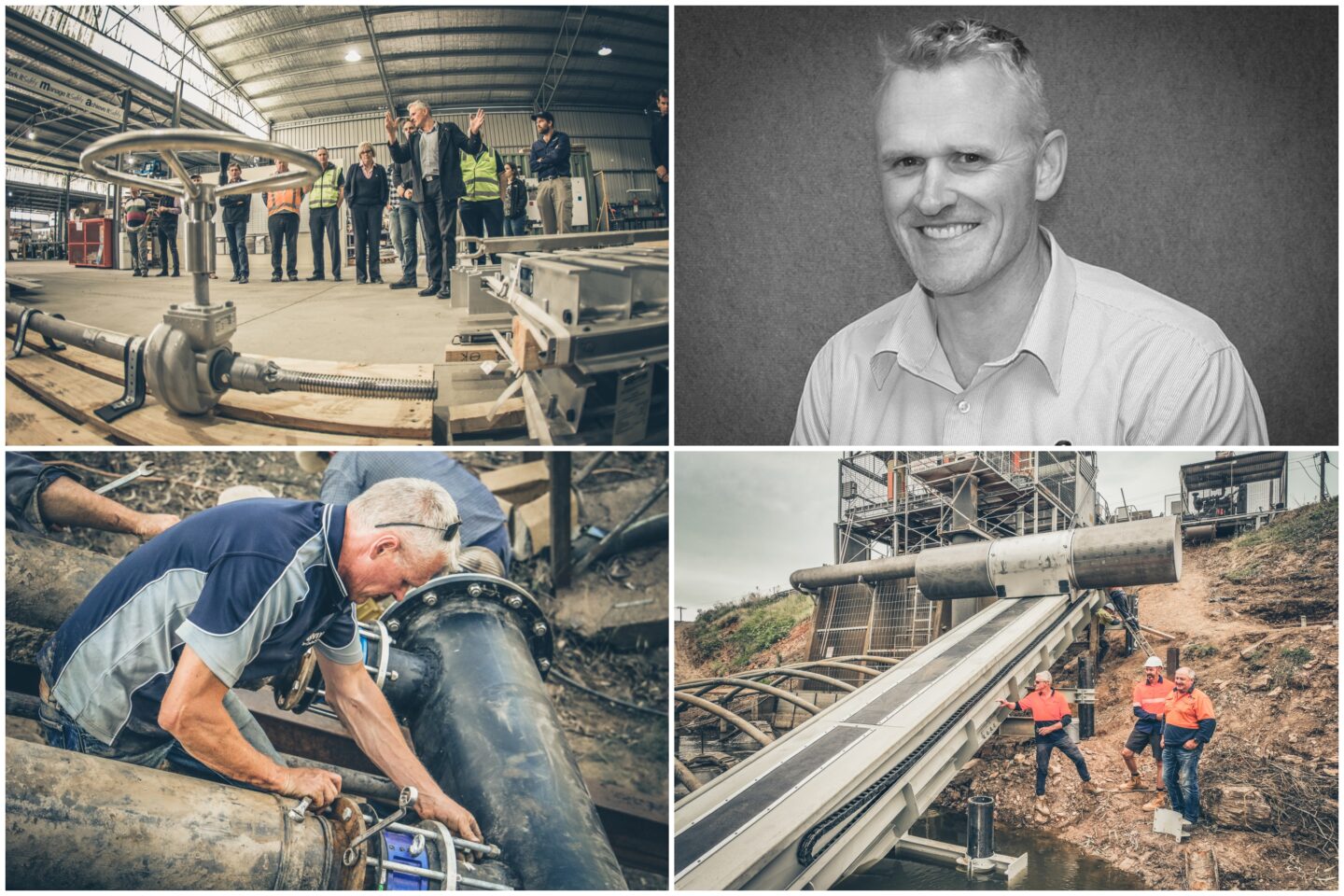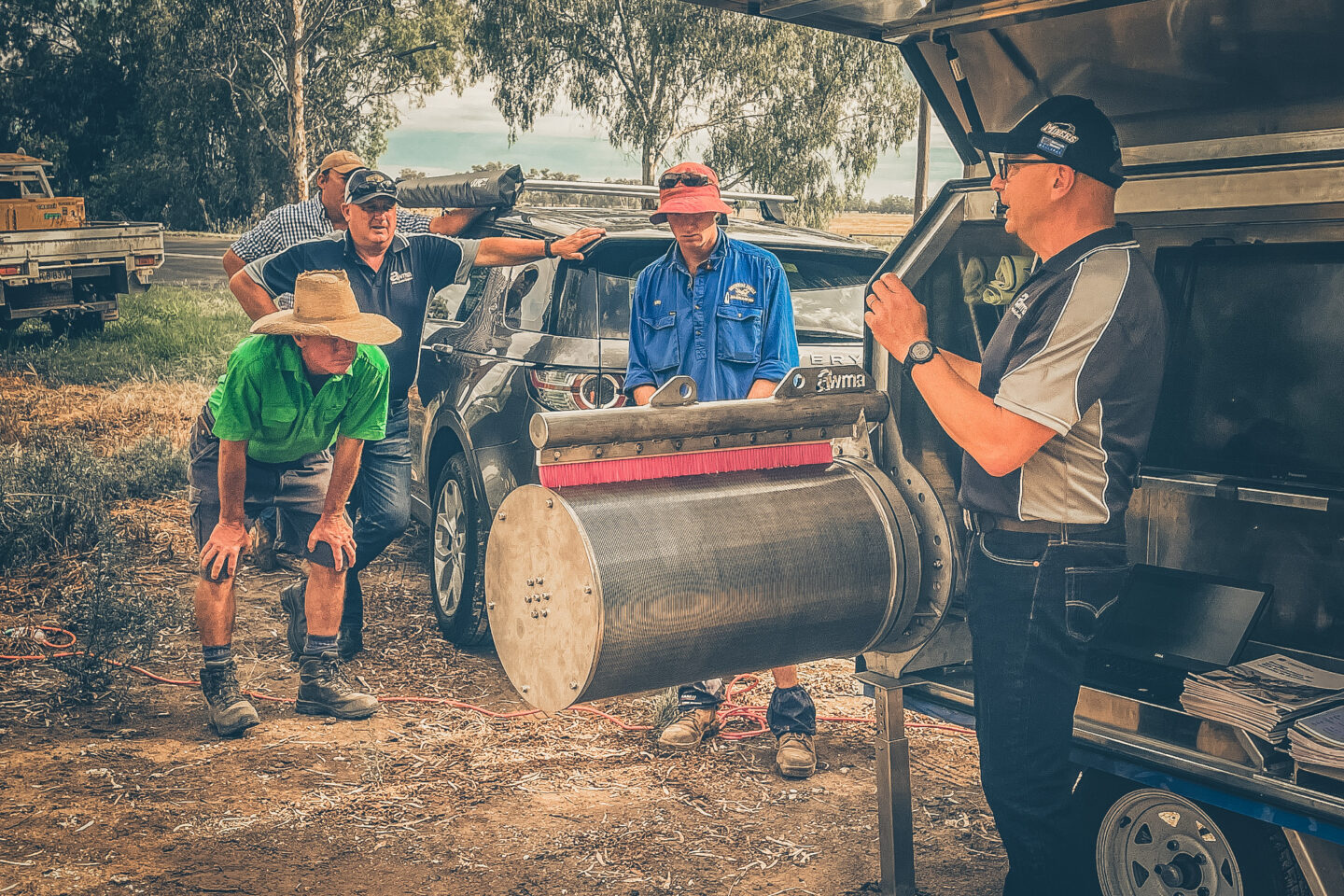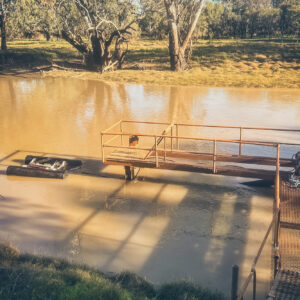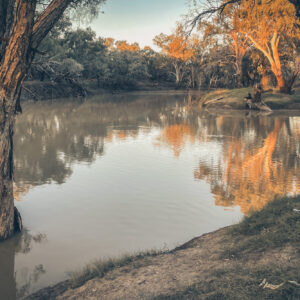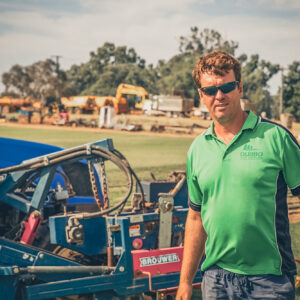From ‘pipe dream’ to ‘fish-saving screens’
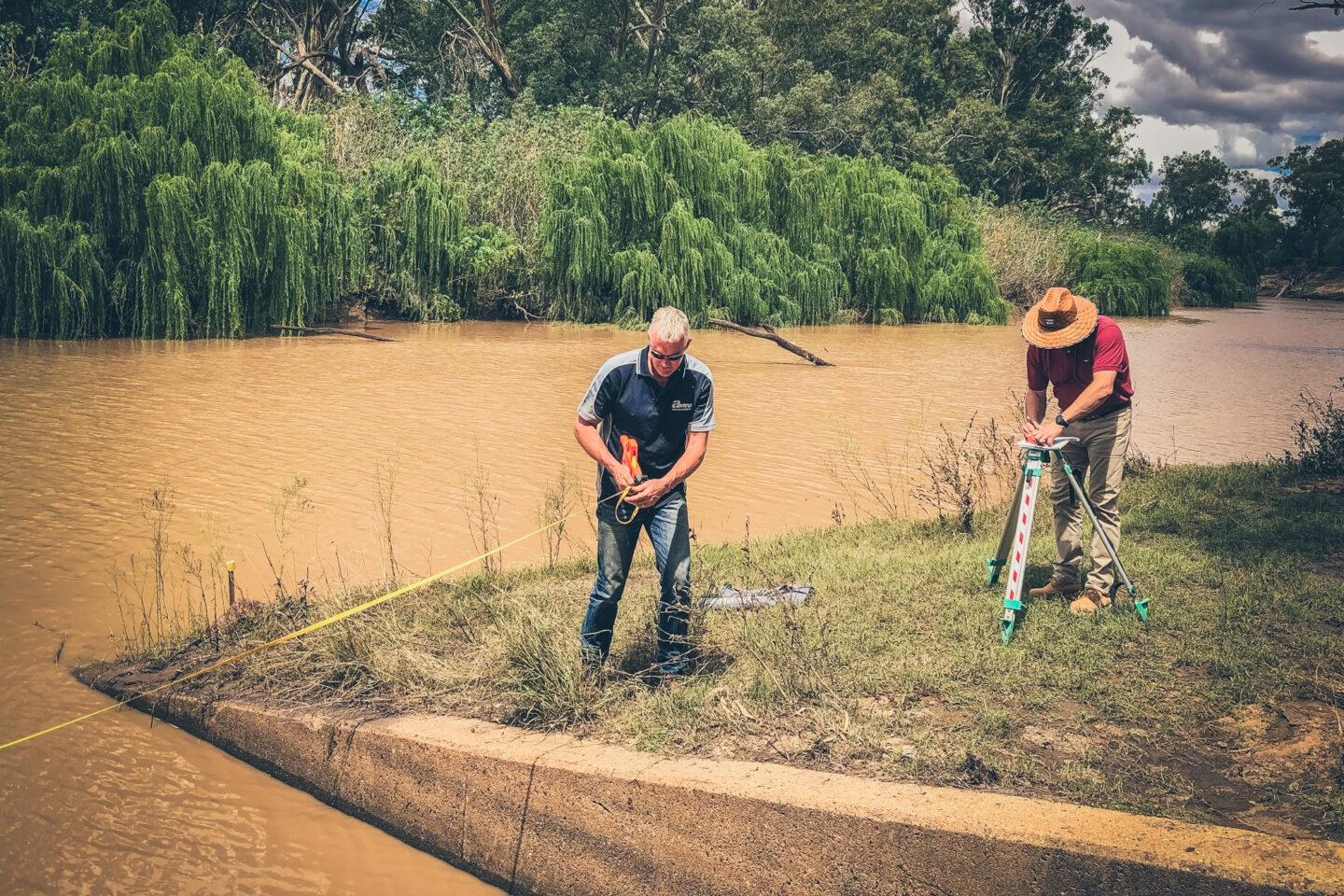
Manufacturers in regional Australia have been critical to the early uptake of modern fish-protection screens. Brett Kelly, from AWMA Water Control Solutions, tells his screening story.
First steps
Written by Brett Kelly, Managing Director, AWMA.
I started AWMA Water Control Solutions with Rick Bilton in April 2000. We’ve led AWMA to become one of the largest and most experienced manufacturers of water control gates, screens and barriers.
We have been long involved in various irrigation screens, but the fish protection screens came about from discussions with the Victorian North Central Catchment Management Authority. There was a drive for greater pumping efficiency that would avoid the uptake of aquatic native species during the movement of water.
It made sense to look for a better solution than our traditional screens, with a finer screen that would allow optimal efficiency but wouldn’t get blocked or clogged. A challenging problem, but one that the AWMA team were determined to find a solution fit for Australian conditions.
Brett Kelly (top right) hosts a tour of the AWMA factory in Cohuna, Victoria (top left), installs a coupling for a screening system (bottom left) and inspects the completed screening system at Trangie-Nevertire Irrigation Scheme (bottom right).
International learning
The mission for a new solution led our team to the U.S., where fish screens had been developed and adopted in the late 1990s, to conserve their iconic native fish: the migratory species of salmon.
At first, I was concerned about the fine-meshed fish screens having issues with blocking and reducing efficiency, but the clever mesh design and self-cleaning mechanisms prevented this from occurring.
After touring various operations and setups in America, a design was decided upon that would suit Australian conditions and be possible to manufacture locally.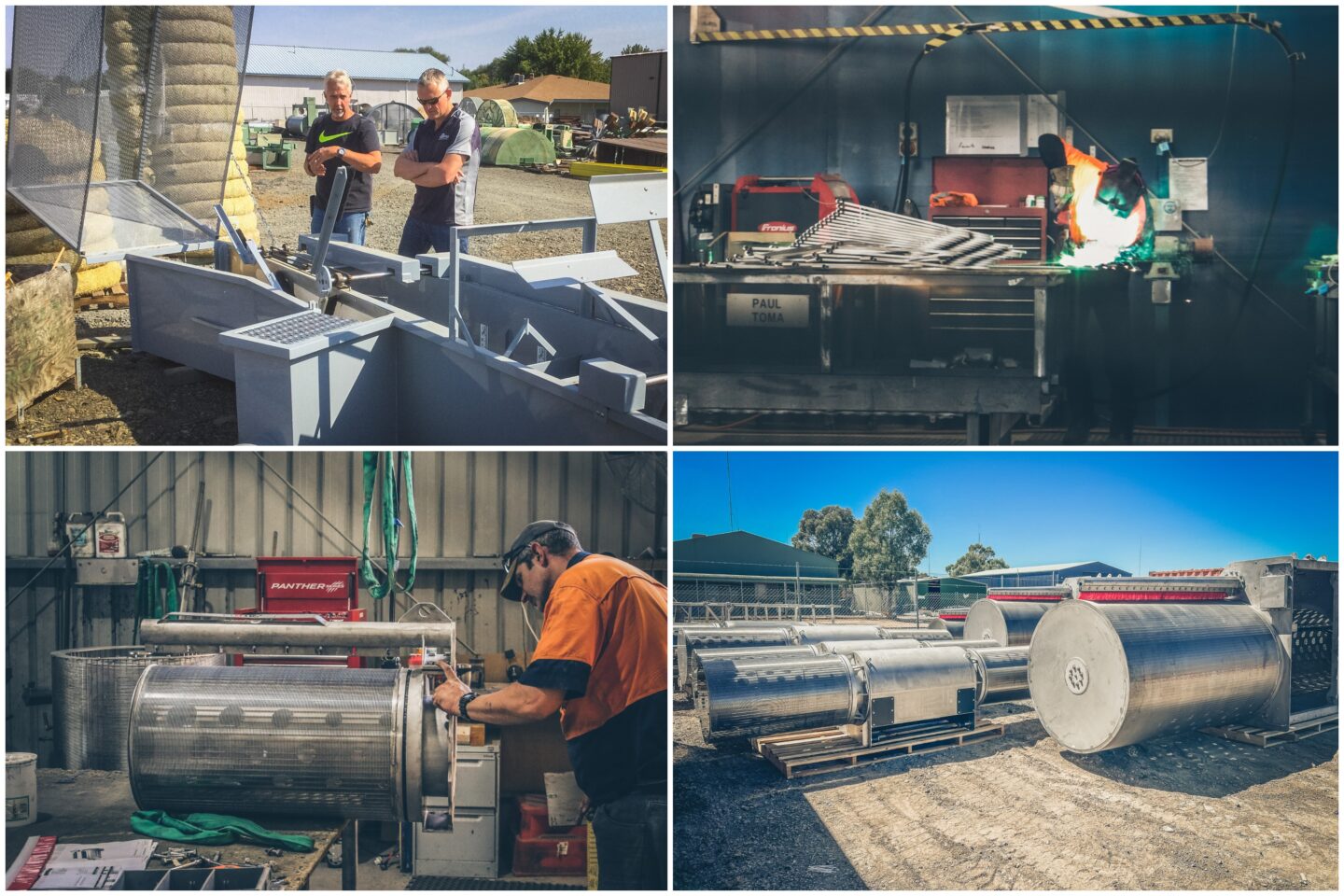
Far-reaching benefits
The initial investment of installing fish screens is not a small outlay. However, the benefits are massive and far-reaching.
The fine mesh on the fish screen is reducing pump maintenance and improving water quality, which enhances farm productivity. This, in turn, lowers operation and maintenance costs and increases the efficiency of pumping events. It also means cleaner water for internal farm pumps and irrigator systems.
The environmental gains are truly remarkable, with not only native fish benefiting from the fish screen, but also other aquatic species like frogs, platypus, shrimp and the entire waterway. This allows our larger corporate clients to achieve best-practice sustainability for native fish protection as well as other aquatic life.
Peter Ebenwalder and Brett Kelly (left) celebrate the installation of a screen at Oakben Ag on the Macquarie River. AWMA continues to work with early adopters to fine-tune screening systems.
It really is a win-win advancement in technology. Many clients are taking up fish screens as an economic investment and to reduce maintenance, but also with a genuine desire to protect native fish and other iconic aquatic species.
It is an opportunity to protect the entire food chain in many of our precious waterways and ensure we all play a role in their vitality into the future.
Partnerships have driven uptake
Most important to the success of the rollout of the fish screens, has been the partnerships between industry, government, water authorities, NSW DPIRD and OzFish. These have ensured that the benefits have been communicated and understood by all stakeholders and the community.
Ozfish has been a great supporter of the fish screens from the early days, and have highlighted the benefits to industry, government agencies and the community. Screening has also been a great employment opportunity for our region and all the suppliers and parts manufacturers, so it’s also been a social asset.
AWMA and other screen manufacturers provide water users with information on screening technology, in partnership with “Team Screen” at the NSW Department of Primary Industries & Regional Development.
Brave investments pay dividends for farming and the environment
I would like to finish my story by noting and thanking the project partners who invested in fish screens, as a showcase for others to benefit in the coming years.
Without the early investment in new technologies, uptake can be slow, and many operators won’t take on the perceived risk early on.
Now we have working showcase examples that are benefiting our aquatic ecosystems and saving operators massive amounts in improved efficiency and less maintenance.
